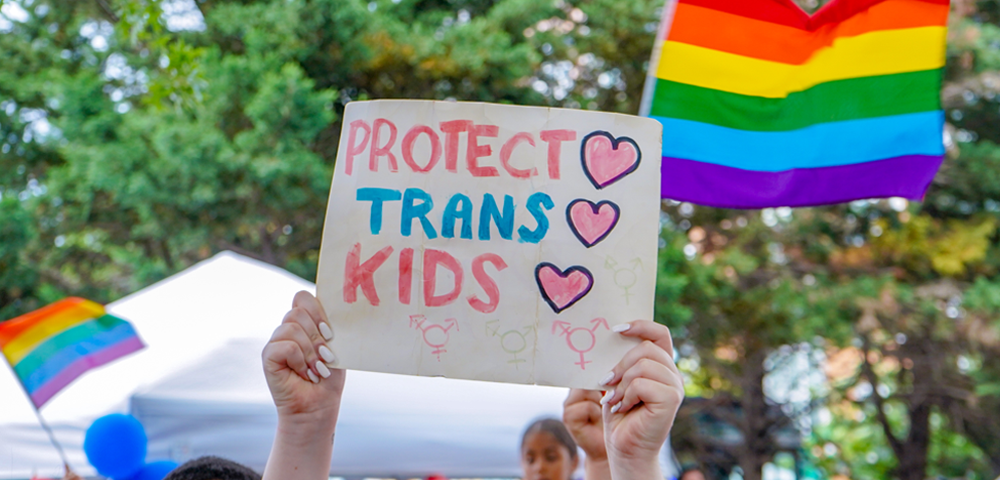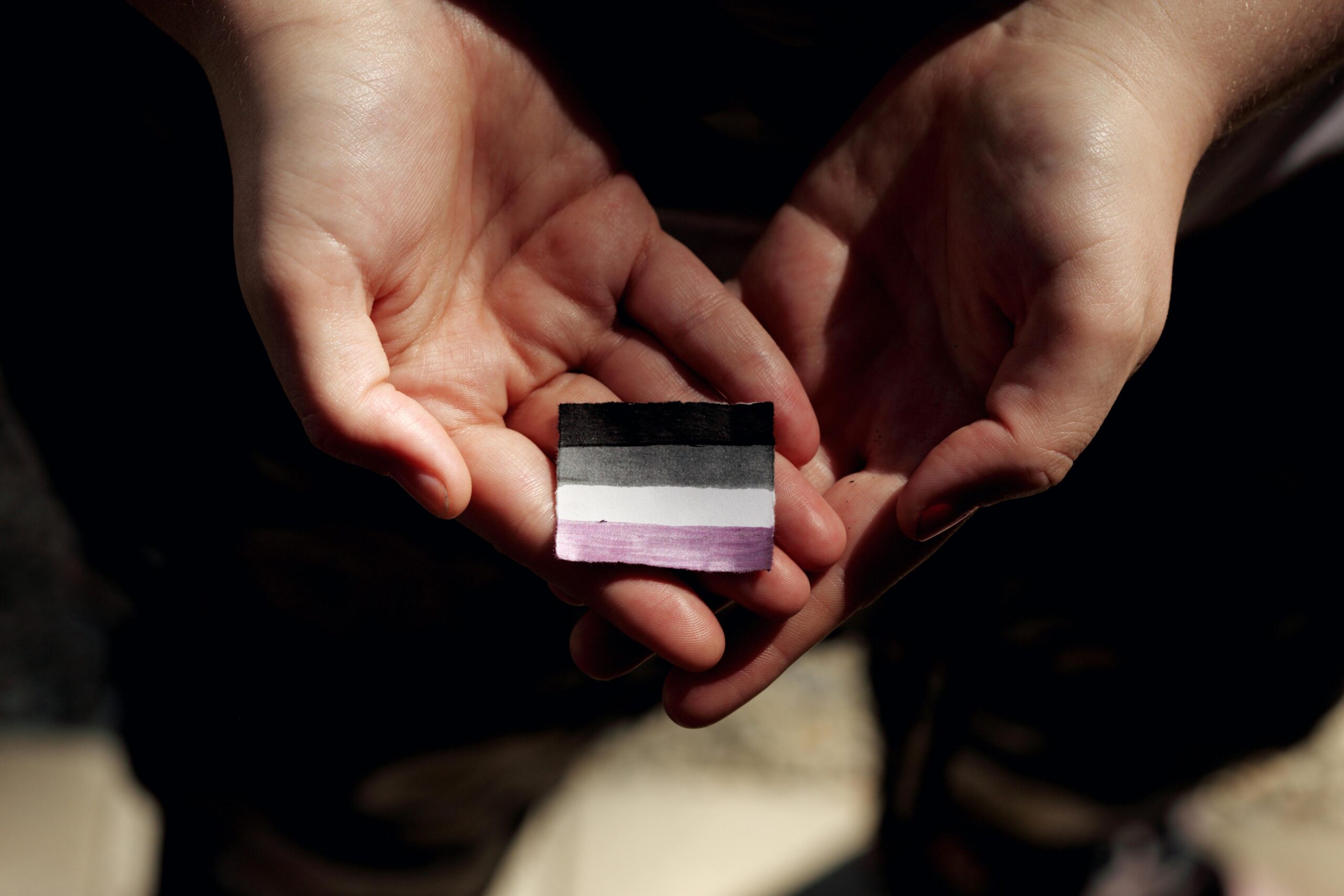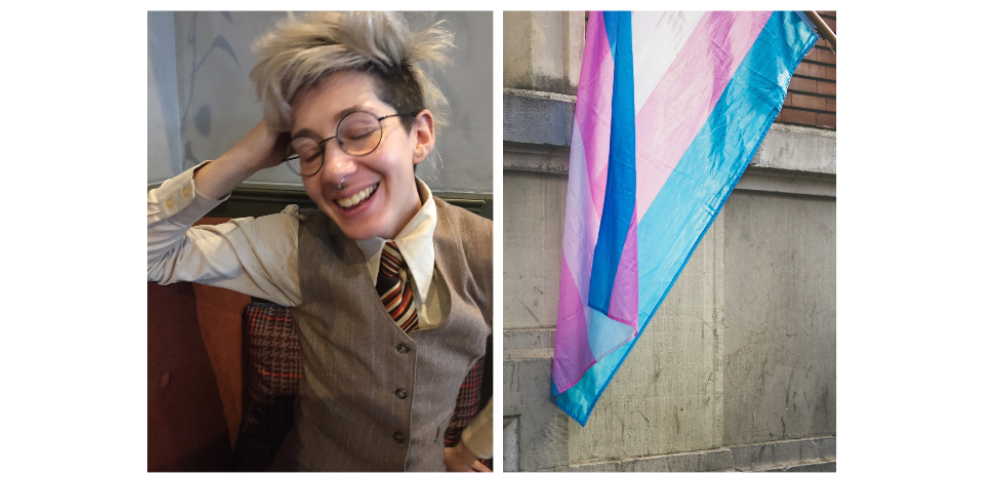
I love Star Trek. I love it.
My Dad introduced my brothers and I to the series when we were kids and we ran with it. By the time I was 12 years-old, I could recite every episode of Star Trek: The Next Generation in order. When I was anxious, instead of snapping a rubber band against my wrist or jogging or learning to meditate, I would handwrite from memory long lists of episodes, sorted alphabetically.
In high school I learned that it wasn’t cool to talk about why the Star Trek: Deep Space Nine was better than its predecessor, The Next Generation, so in my teens, Star Trek became something to engage with furtively, secretly, like hardcore porn or late night Tim Tams.
That Star Trek exists largely outside the mainstream may go some way to explaining why it has such a massive following amongst gay men—I don’t think I know any gay men over 35 who aren’t fans. Even more telling, the entire genre of slash fiction has its origins in fan fiction depicting sexual relationships between Kirk and Spock.
This seems odd, considering the complex nature of the relationship Star Trek has to the queer community. Despite being a show about how the future is a better place, queers have been conspicuously absent for most of Star Trek’s history. This Wikipedia article on the topic is a compelling read.
The only explanation for its gay following that makes sense to me is that Star Trek has, for a long time, been about how we can be better than we are. Its concerns are of conscience, not of violence, and a world like that must be a safe place for people of all sexualities.
A column about Star Trek might not seem like the most auspicious way to begin 2013, but this year marks the 20th anniversary of Deep Space Nine, by far my favourite incarnation of the franchise. Morally complex and deeply human, the show taught me to fight for things to be better, especially when it’s hard. If you’re not a fan yet, it’s a good place to start.









